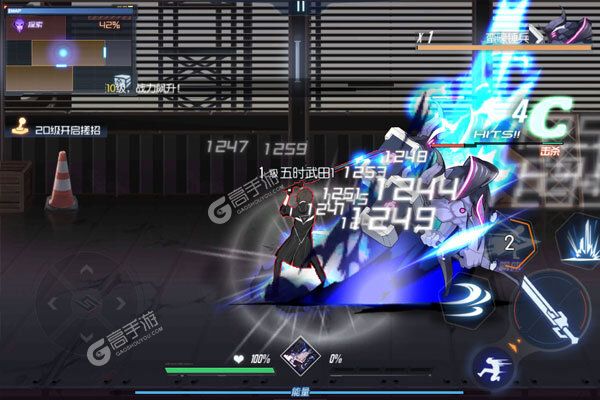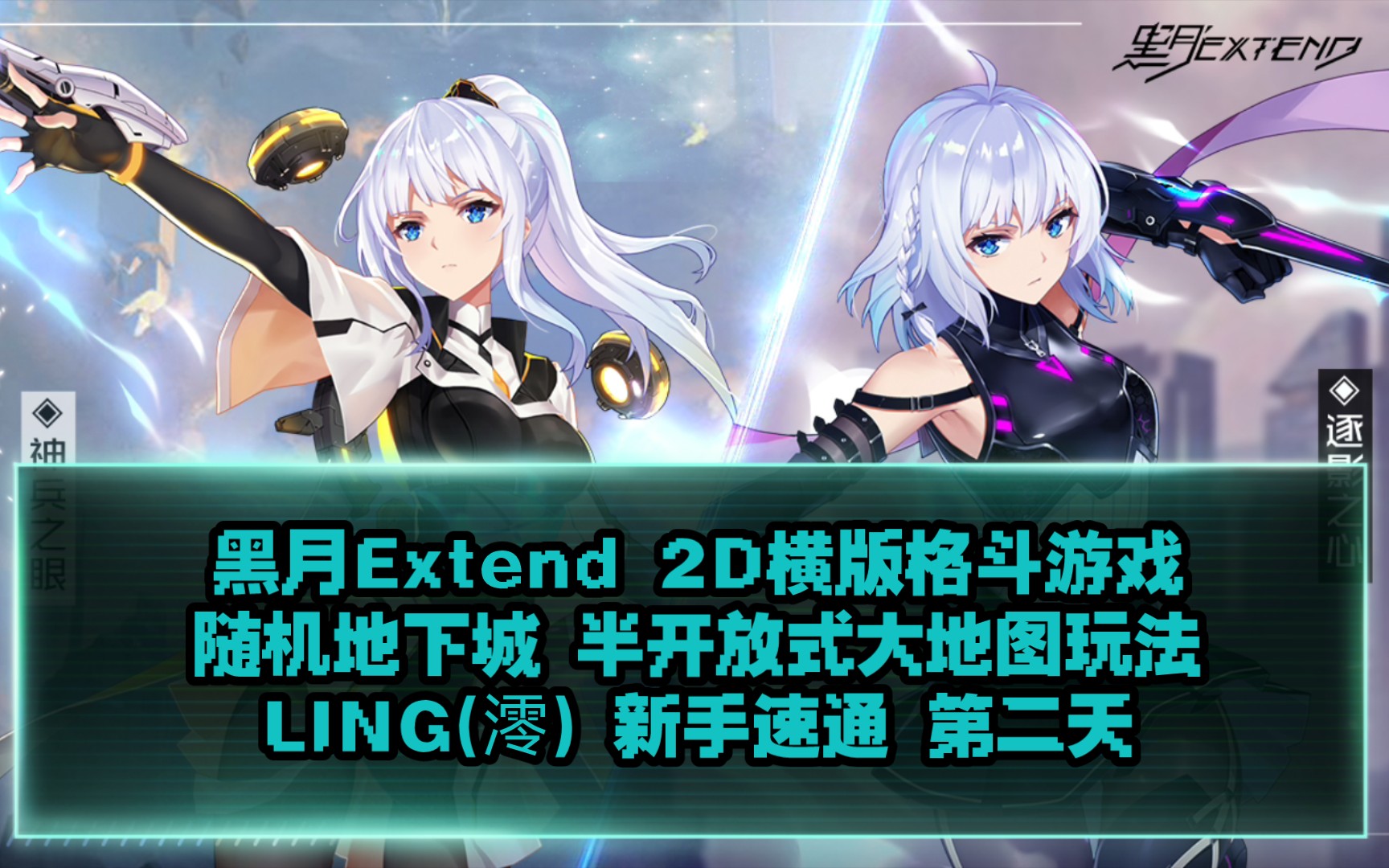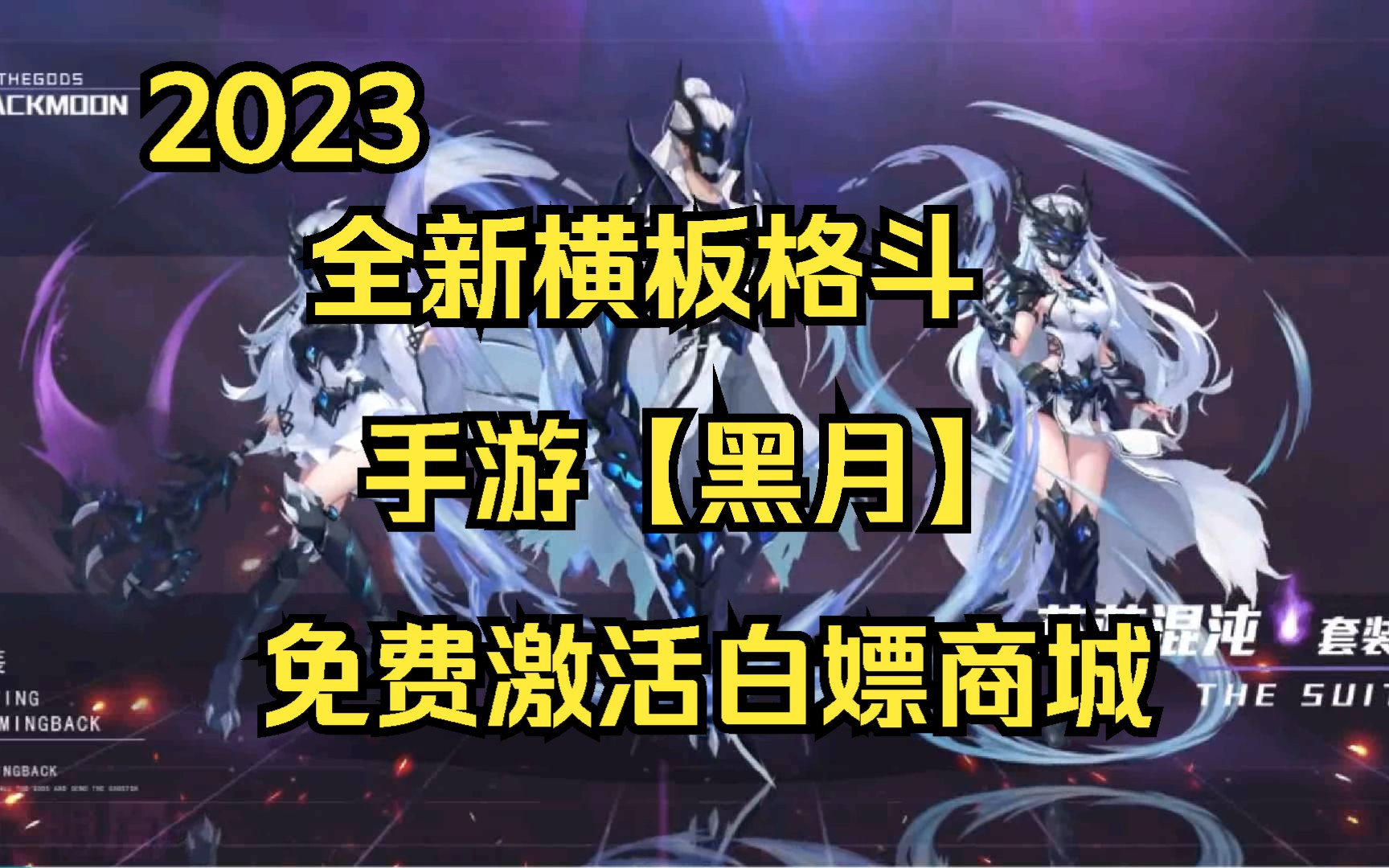Author|Lengyan author team-Pilan Reading History
Word count: 3493, reading time: about 7 minutes
Editor's note: For many players who like medieval warfare-themed games, the different types and effectiveness of arms in medieval warfare are definitely one of the reasons and motivations that support them to keep playing. Historically, the composition of the armies of various European countries during the Middle Ages can indeed be said to be very different. Due to differences in economic levels, topographic environments, and even cultural beliefs and other factors, the arms types between countries vary greatly, especially the infantry, which has long hands. Spears, two-handed swords, contradictions, swords and shields, hammers and axes, crossbows, slings, etc. can be said to be in full bloom. But in modern times, this "letting a hundred flowers bloom" situation has been broken. In the modern infantry phalanx, there are basically only two types of arms: spearmen and musketeers. After the invention of the military bayonet, weapons such as spears It was also eliminated, and the infantry arms of various countries became more monotonous and consistent. So, how did this change in the modern infantry phalanx occur?
As many people have said, in medieval wars, cavalry was often the deciding factor in victory or defeat. With the disintegration and collapse of the Roman Empire, the traditional Roman legion-style heavy infantry system began to decline in Europe, and this "enabled the cavalry to be relatively more effective without increasing costs." This resulted in medieval wars often being called "knights' wars." It was difficult for infantry who lacked training and equipment to resist the impact of cavalry units formed by nobles and retinues. This situation did not change until the Hundred Years' War between England and France. The victories at the Battle of Crécy and the Battle of Poitiers showed that well-trained and high-morale infantry, working together, could defeat those seemingly invincible French knights. Although England at this time did not establish the spear phalanx we saw later, the tactics of relying on heavy infantry and projectile infantry for combat had begun to have an impact on the original status of cavalry.
The emergence of the modern phalanx is related to Switzerland. The prototype of modern European phalanx is the famous Swiss pike phalanx. Switzerland is a mountainous country. Due to inconvenient transportation and barren land, local people often make a living as mercenaries. The early Swiss infantry used long-handled hook axes of about 2.4 meters to fight. This weapon, which later evolved into the Swiss halberd, was not suitable for group combat. Therefore, in the early 14th century, the fighting methods of the Swiss mercenaries were different from those of the later Swiss pikemen. They are very different from each other. They are used to hiding on hillsides and jungles, leaving only a small number of troops to attract the enemy. In the Battle of Morgarten, the Austrian heavy cavalry suffered great losses from this tactic. Later, in order to adapt to frontal combat, they began to use long guns on a large scale. The characteristics of the mountain militia gave the Swiss greater mobility and impact. Since most of them came from the same village or tribe, they were familiar with each other and participated in training together. Therefore, they had a cohesion and training level that the regular army did not have at the same time. .
Different from the usual formations used by infantry at that time, Swiss soldiers were able to form Swiss infantry phalanxes with up to 2,500 people. In order to facilitate mobility, they formed in columns, with the captains of each team standing in the first row. During combat, the soldiers only needed to follow the captains. Actions can maintain the integrity of the formation. However, unlike the Greek and Macedonian ways of arranging large square formations in a straight line, the Swiss spearmen's formation method is simpler and rougher. They do not pursue a completely straight line, so they do not need to make the horizontal width of their own troops equal to that of the enemy. be consistent. They usually form three phalanx units. Once they are attacked by the enemy, they will choose to stop marching. The soldiers in the phalanx will level their spears in all directions according to their positions. In this way, the flanks will not become deadly shields like the Greek and Macedonian phalanxes.
Relying on this new phalanx, the Swiss' performance in foreign wars shocked the entire Europe. In the Battle of Saint-Jacques-de-Beers in 1444, 1,300 Swiss soldiers fought against 30,000 Almanian soldiers led by the French Dauphin. As a result, with such a huge disparity in strength between the enemy and ours, the Swiss army still wiped out 2,000 Almanians after experiencing a long-range attack by the French crossbowmen. Although the Swiss army was completely wiped out in the end, the Swiss army in this battle The courage and fighting power shown by the people made the crown prince Louis have to stop his troops sadly. Afterwards, the Swiss army acted like a cheat, defeating Charles the Bold, Duke of Burgundy, in three consecutive large-scale battles, and killed the Chosen Son in the third battle (the Skull Crusher achievement was achieved). This made the Swiss pikemen famous in Europe. After this, Swiss pikemen became the most sought-after mercenary fighters in various European countries.
However, although the Swiss mercenaries are eye-catching in combat effectiveness, due to Switzerland's good relations with France, for a long time, the mercenaries exported by Switzerland were almost controlled by France. Even if other countries are willing to pay to hire them, it is difficult to obtain contracts for these high-quality soldiers. The elite artillery trained by Britain and France during the Hundred Years' War, the well-trained traditional heavy cavalry, and crossbowmen, coupled with the highly mobile and impactful Swiss pikemen, during this period, the French army was almost the top of the entire Europe. match.
In the Swiss phalanx, in addition to the pikemen we mentioned earlier, some halberdiers are also retained. This may be the result of historical inertia. These halberdiers are often the elite of mercenaries. After an enemy breaks into the phalanx, He will use his halberd to chop down these intruders, and he is extremely fierce. It was not until the invention of the bayonet that the Swiss halberd was finally withdrawn from the army. Similar to the Swiss Phalanx, its two imitators, the Spanish Phalanx and the German Phalanx, both retained other weapons as auxiliary elements in the phalanx.
The Spanish phalanx was the first modern phalanx system to achieve close combat and long-range cooperation. When the Swiss deployed the phalanx, they often only arranged a small number of crossbowmen as skirmishers as cover, while the Spaniards were replicating the basis of the Swiss phalanx. On the front, a considerable number of musketeers were also deployed at the four corners of the phalanx. Although the production technology and lethality of muskets in the first half of the 15th century did not have an overwhelming advantage, during the Battle of Pavia, Spanish musketeers used the jungle and ravine terrain on the battlefield to defeat the French knights who broke into the battlefield. It also proved the huge lethality of firearms against cavalry armor. At this point, traditional long-range weapons such as crossbows, javelins, and bows and arrows were gradually declining.
Relying on the cooperation between musketeers and spearmen, the Spanish phalanx had almost become a killing force at that time. In addition to pikemen and musketeers, the Spaniards also used sword and shield bearers on a large scale before carrying out the phalanx reform. The origins of these sword and shield bearers can be traced back to the "Liberation Movement" period when Spain expelled the Moors. In short, the rugged The characteristics of terrain and surprise operations once resulted in nearly two-thirds of the Spanish army being light infantry such as sword and shield bearers, musketeers, and crossbowmen. Naturally, these sword and shield soldiers who fought hard in the Restoration Movement would not be ignored by the Spaniards. In the Italian wars, these experienced sword and shield players would attack when their opponents were in chaos, use their shields to block the thrusts of spears, and break into the opponent's phalanx to kill the enemy wantonly. However, after the reform of the phalanx in 1534, the sword and shield bearers disappeared from the Spanish phalanx.
The situation of the German mercenaries is somewhat similar to that of the Spanish phalanx. They also rely on spears and muskets to cooperate with each other. Thanks to the dividends of the development of German two-handed swords, there are many elite two-handed swordsmen among the German mercenaries. . It is worth mentioning that although many people believe that German two-handed swordsmen are "Dubler swordsmen" (Dubler is a transliteration, meaning "double salary"). But in fact, among the early German mercenaries, salaries were determined based on the equipment and weapon conditions provided by the mercenaries themselves. At that time, the price of a mercenary spearman's equipment was around 12 to 14 guilders, while a full set of armor cost 16 guilders. According to convention, spearmen who can purchase a full set of equipment or soldiers who purchase a full set of musketeer equipment including muskets can receive a monthly commission of 8 guilders. Ordinary mercenaries cost 4 guilders. This is the origin of double-paid mercenaries. Therefore, in addition to two-handed swords, many Doppler swordsmen also use two-handed weapons such as halberds and long-handled battle axes.
Back to the topic, during combat, two-handed swordsmen are often deployed at both ends of the square formation. They used two-handed swords and other weapons to cut off the enemy's spears, open a gap in the enemy's line, and lead the soldiers behind to expand it.
It can be seen that neither the Swiss nor the Germans gave up other infantry arms except spears and muskets when forming their armies. This was because, in the combat environment at that time, although muskets were powerful, they had to be loaded. It is difficult and the rate of fire is slow, so the battle between the two sides is often determined by the impact of close combat. Because of this, the Swiss Halberdier and the German two-handed swordsman, these elite warriors who have undergone rigorous training and are rich in valuable war experience, can Play an important tactical role in close combat. As the power of muskets increased, the status of infantry close assault tactics became increasingly low.
According to statistics from "The Art of Western War", before the Thirty Years' War began, the salary of spearmen was slightly higher than that of musketeers or musketeers, but by the end of the war, the salary of musketeers was nearly twice that of spearmen—— Before and after the Thirty Years' War, Morris's musket fire tactics became increasingly mature. The musketeers in Gustav's square formation were compressed from the original six rows to a more dense three horizontal rows, but the firepower of the unit columns increased. No less. At this time, people have discovered that a group of musketeers who are skilled in loading and cooperate tacitly can greatly increase the firepower density of the phalanx, but the role of the spearmen is relatively weakened. They have become a supporting role in protecting the musketeers, only in the enemy's attack. It only works when cavalry or spearmen are close.
To make matters worse, King Gustavus of Sweden improved the cavalry unit. The new cavalry no longer relied on pistols for semi-circling shooting. Instead, they resumed the shock tactics of the old cavalry and used shallow and deep formations to attack the weak links of the musketeers. Faced with these ghosts on the battlefield, commanders often can only further strengthen their own cavalry and use magic to defeat magic, and at the same time train the cooperation of spearmen and musketeers to shorten the response time of the phalanx to cavalry raids. In this way, many needs The status of the coordinated arms is even more embarrassing. Under such circumstances, it is naturally difficult for those infantrymen of different types and vastly different combat methods to return to the battlefield. After all, "the times are different."
references:
1. Xu Erbin "German Spearmen from the End of the 15th to the 16th Century" 2. Yang Zhen "The Infantry Revolution in Western Europe in the 14th Century" 3. "Western Art of War"



